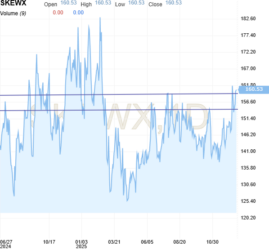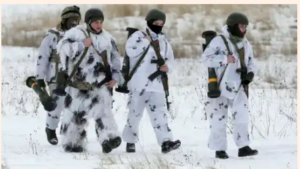ABN Amro forventer, at inflationen, der i dag er negativ, vil stige næste år på grund af stigende oliepriser, normalisering af service-erhvernene med f.eks rejsebranchen og normalisering af momsen i Tyskland. Men derefter ventes inflationen igen at blive negativ – over de næste 2-3 år.
Inflation to recover next year but depressed over the medium term
Euro Macro: Inflation stuck in negative territory in November, recovery next year but medium term subdued –
A number of eurozone countries have published early inflation data for November. With the exception of France (HICP inflation 0.2% in November, up from 0.1% in October), all countries reported HICP inflation rates well below zero.
Eurostat will publish the flash estimate for eurozone aggregate inflation in November today. We expect the headline to have remained stable at -0.3% (the consensus forecast is for a rise to -0.2%), while the core should have remained at 0.2%.
Looking further forward, inflation will likely rebound – but only temporarily – next year. The biggest driver behind the rebound will be energy inflation. In October, energy stripped off 0.8 percentage points off year-over-year headline inflation at the eurozone aggregate level. This reflects the sharp drop in oil prices earlier in the year and will fall out of the annual comparison early next year.
In addition, core inflation has been depressed by changes in indirect taxes. In particular, the VAT cut in Germany will be reversed in January. Finally, the sharp drop in services inflation is almost entirely due to travel-related prices. These will likely remain depressed but price falls might be less sharp next year, while their weight in the HICP basket will also likely decline.
Having said that, we continue to think that disinflation will re-assert itself as the dominant trend over the 2-3 year horizon.
The disinflationary impact of an economic shock usually works with a lag and these effects are probably largely still in the pipeline. Two years after the global financial crisis, core inflation was one percentage point lower, while it was 0.75% lower after the euro crisis.
Indeed, despite the likelihood of strong economic growth during the course of next year, large swathes of spare capacity will remain. For instance, we estimate that GDP will be around 4.5 percentage points below its trend level. This will be reflected for instance in elevated levels of unemployment.




